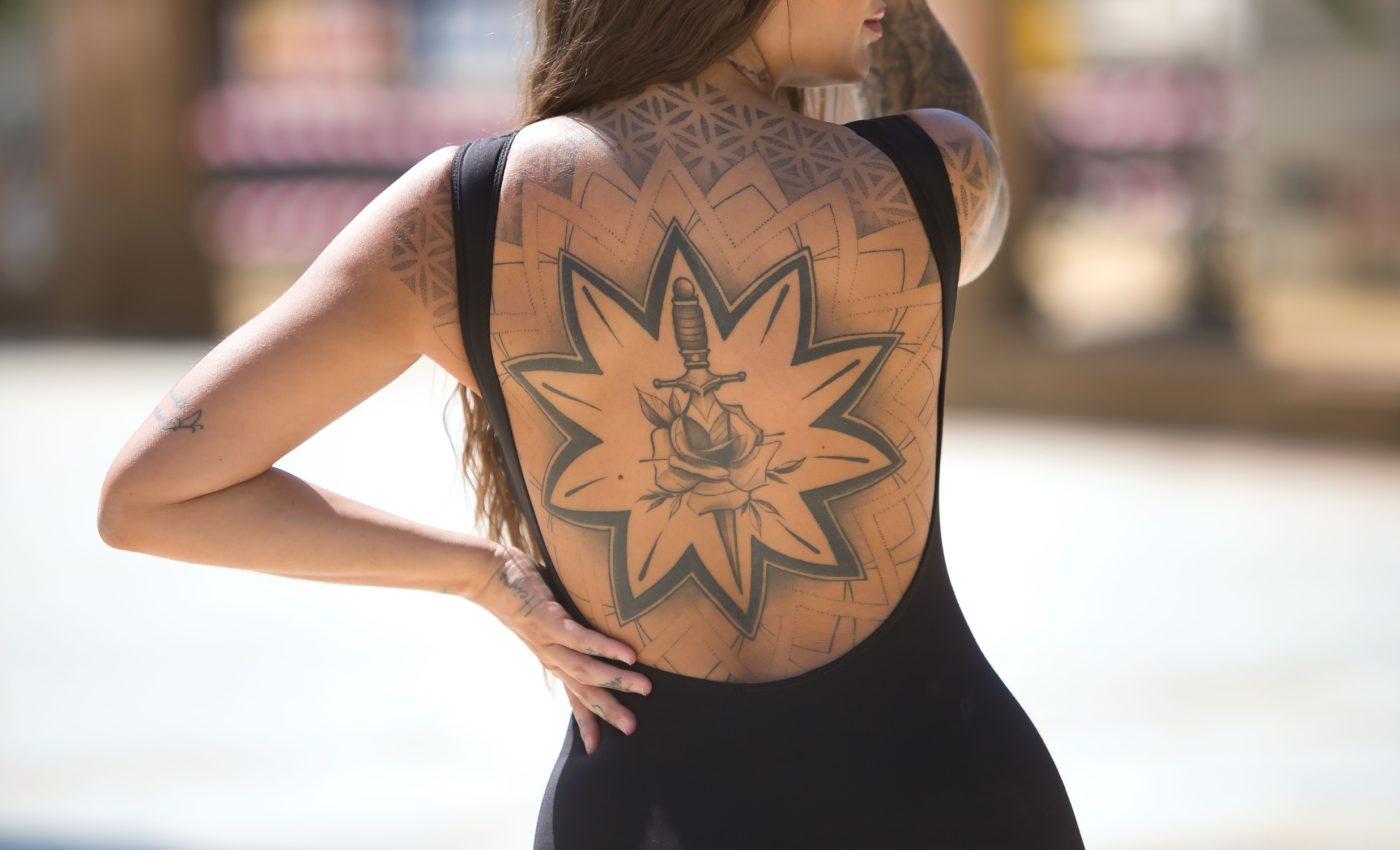
Tattoos lead to mistaken assumptions about personality and values
In the United States, about 32 percent of adults now have at least one tattoo. Despite their widespread presence across all walks of life, tattoos still trigger snap judgments about an individual’s personality, values, or lifestyle.
A new study from Michigan State University questions those snap judgments. The study revealed that observers frequently misinterpret personality traits based on tattoo content, style, and appearance
Tattoos are common but still judged
Ink has become a common part of daily life, from teachers’ forearms to politicians’ ankles. Eight in ten Americans say their communities are now more accepting of body art compared to 20 years ago.
Even so, a deep undercurrent of tattoo stigma survives. Earlier research found that tattooed adults were viewed as more deviant, less conscientious, and more promiscuous than their un‑inked peers.
Children as young as six linked tattoos to delinquent behavior in a classic 2000 study by Durkin and Houghton.
Studies also show gender effects. Women with visible ink are often judged more harshly than men, especially in hospitality and healthcare settings.
Modern workplaces try to project inclusivity, yet hiring managers still admit that visible ink can hurt an applicant. Simmering bias fuels a market for makeup that covers sleeves during interviews.
Tattoo and personality links
William Chopik and Brooke Soulliere, both psychologists at Michigan State University, photographed 375 tattoos from 274 volunteers. The volunteers completed a full Big Five personality traits inventory before rolling down their sleeves.
“We found that people did tend to rate the personalities of tattooed people consistently,” explained Chopik.
A separate panel looked only at each image and guessed the wearer’s personality. Observers saw the ink but not the person’s face, clothing, or setting. That design isolated the tattoo as the single visible cue, mimicking quick judgments made on a sidewalk or social feed.
Soulliere added that the study covered 18 features, from size to color to placement. Testing each cue against personality scores allowed the team to see which visual hints, if any, were worth trusting.
Tattoos rarely show true personality
The results showed agreement among raters, meaning most viewers made the same assumptions. Agreement, however, is not accuracy.
Traits such as agreeableness, conscientiousness, extraversion, and neuroticism were wrongly assigned. The raters’ confidence did not rescue their guesses.
Psychologists describe this pattern with the lens model, which says people read surface cues to infer hidden qualities. Tattoos act as one such lens, but the view they provide can be cloudy. Studies over the past decade linked skulls, guns, or prison motifs to criminal stereotypes among jurors.
Sticker‑covered laptops tell a parallel story. Raters accurately judged an owner’s openness and extraversion by glancing at personalized decals.
Tattoo meaning and personality often clash
Getting tattooed often involves what psychologists call identity claims. A self‑directed claim might memorialize a child’s birthdate, while an other‑directed claim signals allegiance to a military unit or sports team.
The problem arises when outsiders guess the message without context. A snake entwined with roses could honor recovery from illness, yet many will see danger or rebellion.
Anthropologists note that body art has held meaning across cultures for millennia, from Polynesian rite‑of‑passage marks to Japanese irezumi. Western viewers unfamiliar with these traditions may project their own narratives instead.
Social media accelerates the misreading. A single viral image can lock a stranger into a public persona built on nothing more than a wrist tattoo glimpsed under café lights.
Tattoos link to openness only
The Michigan State team uncovered one sliver of accuracy. Viewers who saw a tattoo described as quirky, goofy, or simply odd tended to peg the owner as high in openness to experience.
“When people see a wacky or goofy tattoo, they assume that person is open to experience, and they’re correct about it,” noted Soulliere.
Openness tracks curiosity, creativity, and a hunger for novelty. A full sleeve of abstract color or a playful cartoon can hint at those traits more faithfully than a skull wrapped around a dagger.
Many open‑minded folks choose minimalist ink, and some conventional thinkers pick bold designs on a dare.
Researchers suspect the accuracy stems from selection rather than signal. People high in openness may be drawn to unusual images, so the art style predicts the trait.
Tattoo and personality bias affects life
Snap judgments about tattoos happen in classrooms, clinics, courtrooms, and dating apps. Mistaking agreeableness or conscientiousness can nudge decisions on trust, hiring, or even sentencing.
Bias also works inward. People who know the stereotypes may edit their ink choices to avoid certain images, limiting self‑expression in subtle ways.
Future research may test whether adding context – such as the story behind a tattoo – improves accuracy. For now, experts urge caution before reading too much into a rose, a dragon, or a pop‑culture tribute.
Reducing tattoo and personality bias
The first step is awareness, and studies like this one give people an evidence‑based reason to pause before leaping to conclusions.
Training programs in customer service and law enforcement already include modules on implicit bias, but tattoos rarely appear in those slides.
Organizations could add quick reminders that body art alone predicts little besides a taste for ink. A supervisor who knows that fact is less likely to equate a forearm phoenix with poor reliability.
Small actions add up. Asking an employee about their new tattoo, rather than assuming its meaning, turns a potential bias trap into a conversation starter.
The study is published in the Journal of Research in Personality.
—–
Like what you read? Subscribe to our newsletter for engaging articles, exclusive content, and the latest updates.
Check us out on EarthSnap, a free app brought to you by Eric Ralls and Earth.com.
—–













